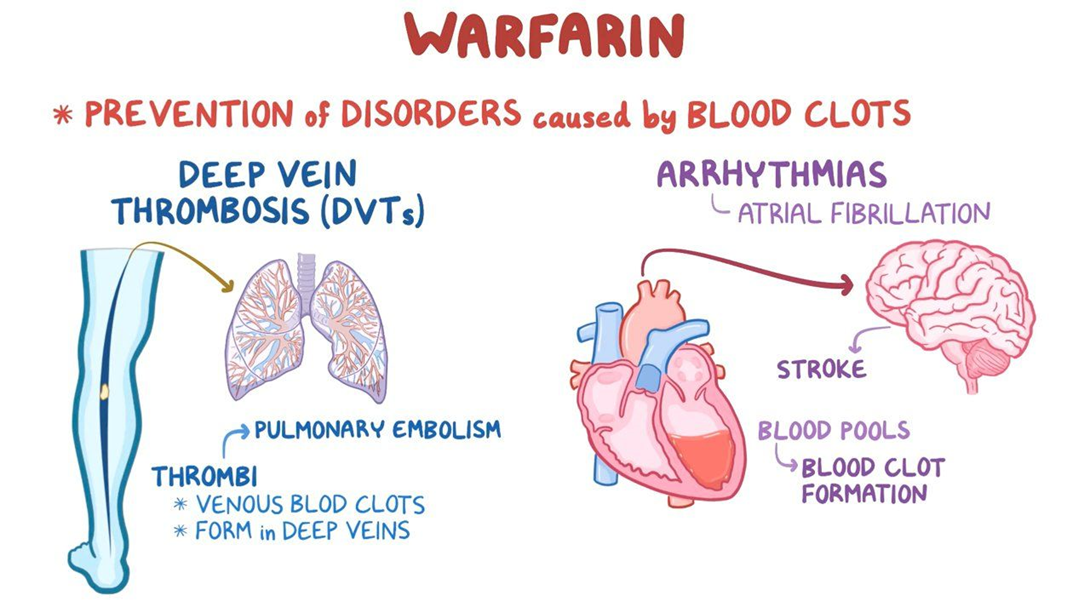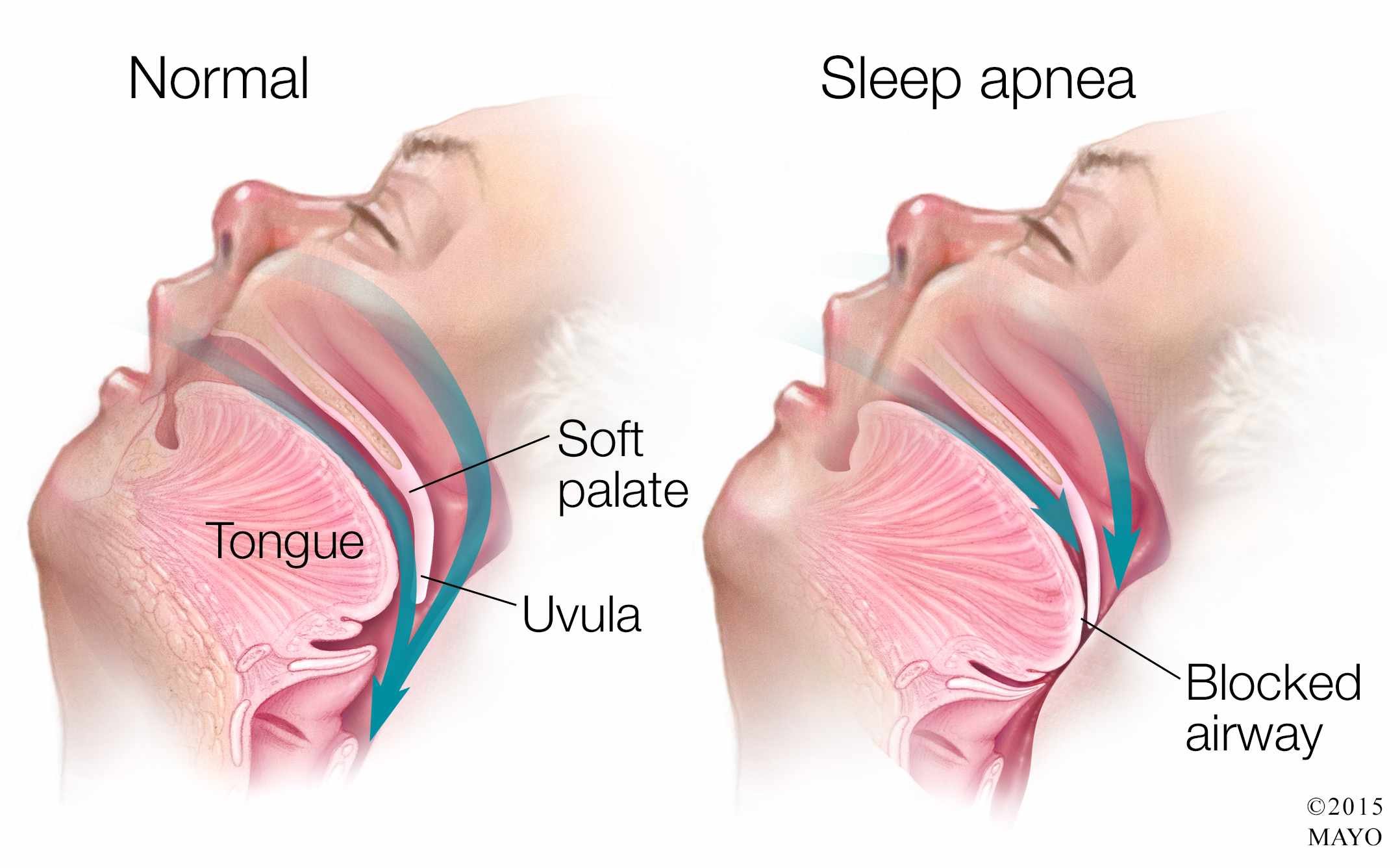A client is being discharged with a prescription for warfarin. Which instruction should the nurse provide this client regarding diet?
Increase the intake of dark green leafy vegetables while taking warfarin.
Eat two servings of dark green leafy vegetables daily and continue for 30 days after warfarin therapy is completed.
Eat approximately the same amount of leafy green vegetables daily so the amount of vitamin K consumed is consistent.
Avoid eating any foods that contain any vitamin K because it is an antagonist of warfarin.
The Correct Answer is C
Choice A reason: Increasing the intake of dark green leafy vegetables while taking warfarin is not a good instruction because it can decrease the effectiveness of warfarin. Dark green leafy vegetables are rich in vitamin K, which is a coagulation factor that counteracts the anticoagulant effect of warfarin.
Choice B reason: Eating two servings of dark green leafy vegetables daily and continuing for 30 days after warfarin therapy is completed is not a good instruction because it can cause bleeding complications. Dark green leafy vegetables are rich in vitamin K, which is a coagulation factor that counteracts the anticoagulant effect of warfarin. Stopping warfarin while continuing to eat high amounts of vitamin K can increase the risk of clot formation and thromboembolism.
Choice C reason: This is the correct answer because eating approximately the same amount of leafy green vegetables daily so the amount of vitamin K consumed is consistent is a good instruction because it can help maintain a stable therapeutic level of warfarin. Dark green leafy vegetables are rich in vitamin K, which is a coagulation factor that counteracts the anticoagulant effect of warfarin. Keeping a consistent intake of vitamin K can help avoid fluctuations in warfarin's effect and prevent bleeding or clotting episodes.

Choice D reason: Avoiding eating any foods that contain any vitamin K because it is an antagonist of warfarin is not a good instruction because it can cause bleeding complications. Dark green leafy vegetables are rich in vitamin K, which is a coagulation factor that counteracts the anticoagulant effect of warfarin. Eliminating vitamin K from the diet can increase the sensitivity to warfarin and cause excessive bleeding and bruising.
Nursing Test Bank
Naxlex Comprehensive Predictor Exams
Related Questions
Correct Answer is D
Explanation
Choice A reason: Mark an outline of the 'olive-shaped' mass in the right epigastric area. This is not a priority action, as it does not address the immediate needs of the infant. The 'olive-shaped' mass is a sign of pyloric stenosis, but it does not affect the infant's hydration or nutrition.
Choice B reason: Instruct parents regarding care of the incisional area. This is an important action, but not a priority before surgery. The parents need to know how to care for the incisional area after surgery, but this can be done later.
Choice C reason: Monitor amount of intake and infant's response to feedings. This is a relevant action, but not a priority before surgery. The infant with pyloric stenosis may have vomiting, dehydration, and electrolyte imbalance due to gastric outlet obstruction. Monitoring intake and output can help assess the severity of these problems, but it does not correct them.
Choice D reason: Initiate a continuous infusion of IV fluids per prescription. This is the priority action before surgery, as it can prevent or treat dehydration and electrolyte imbalance in the infant. IV fluids can also help maintain blood volume and perfusion during surgery.
Correct Answer is A
Explanation
Choice A reason: This is the correct answer because applying the client's positive airway pressure device is the most important intervention for the nurse to implement before leaving the client. Positive airway pressure device is a treatment that delivers pressurized air through a mask or nasal prongs to keep the upper airway open and prevent apnea episodes during sleep. Obstructive sleep apnea is a condition that causes repeated interruptions in breathing due to partial or complete collapse of the upper airway during sleep. The nurse should ensure that the device is fitted properly and functioning well.
Choice B reason: Elevating the head of the bed to a 45 degree angle is not a sufficient intervention for the nurse to implement before leaving the client. Elevating the head of the bed can help reduce snoring and improve breathing by preventing the tongue and soft palate from falling back and obstructing the airway. However, it may not be enough to prevent apnea episodes in clients with obstructive sleep apnea, especially if they have other risk factors such as obesity, enlarged tonsils, or nasal congestion. The nurse should also use other interventions such as positive airway pressure device, weight loss, or surgery.
Choice C reason: Removing dentures or other oral appliances is not a relevant intervention for the nurse to implement before leaving the client. Dentures or other oral appliances are devices that replace missing teeth or improve dental alignment. They may help improve speech, chewing, and appearance, but they do not have a direct impact on obstructive sleep apnea. The nurse should instruct the client to remove dentures or other oral appliances before going to bed to prevent discomfort, infection, or damage.
Choice D reason: Lifting and locking the side rails in place is not a necessary intervention for the nurse to implement before leaving the client. Side rails are bars that attach to the sides of the bed frame to prevent falls or injuries. They may provide safety and security for some clients, but they may also pose risks such as entrapment, strangulation, or agitation. The nurse should assess the need for side rails on an individual basis and consider alternative measures such as bed alarms, low beds, or floor mats.

Whether you are a student looking to ace your exams or a practicing nurse seeking to enhance your expertise , our nursing education contents will empower you with the confidence and competence to make a difference in the lives of patients and become a respected leader in the healthcare field.
Visit Naxlex, invest in your future and unlock endless possibilities with our unparalleled nursing education contents today
Report Wrong Answer on the Current Question
Do you disagree with the answer? If yes, what is your expected answer? Explain.
Kindly be descriptive with the issue you are facing.
